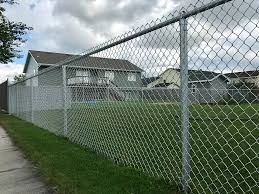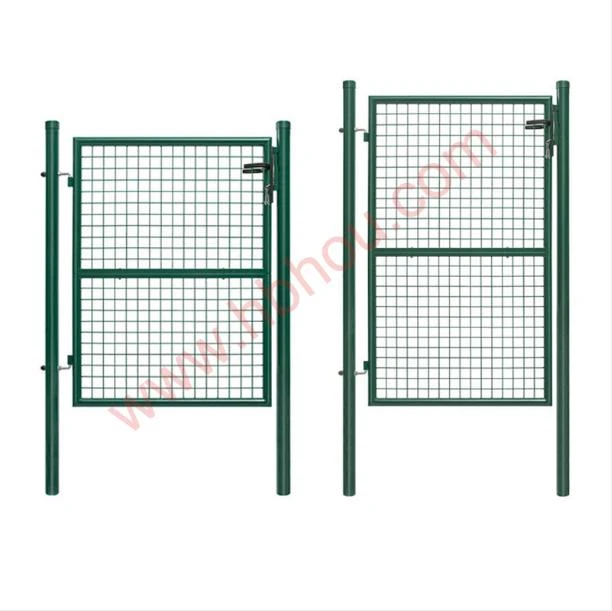3D Fence Panels Curved Fencing Garden Wire Mesh Fence With V Folds
Stretching a welded wire fence by hand is an artful endeavor, blending skill with patience. It's not just about pulling on a piece of wire; it's about understanding how materials respond under pressure and how to achieve tautness without compromising structural integrity. The following guide offers insights into how you can effectively stretch a welded wire fence manually, ensuring it stands strong and secure.
One of the primary considerations when dealing with welded wire fencing is the terrain. Uneven ground can pose challenges as it can lead to the development of slack areas if the tension isn't evenly distributed. To begin, it's critical to start with a plan. Walk along the desired path for your fence and mark the points for your posts. This initial step is crucial as it sets the tone for the tension and alignment of the entire structure.
Materials matter. Ensure the wire you select is suitable for the environment. Galvanized welded wire is often preferred for its resistance to rust and ability to withstand outdoor elements. Having the right tools such as fence pliers, a come-along, wire stretching handles, and a post driver will save you time and enhance the quality of work.
Start the process with a strong anchor post. This post will bear the brunt of the initial tensioning process, so it should be a sturdy material like treated wood or heavy-duty metal. Secure the wire to this post using appropriate fasteners, ensuring there's no play or movement.
When it's time to stretch the fence, many make the mistake of trying to stretch long sections at once. Instead, focus on smaller sections, which provides more control and reduces the risk of the wire snapping back. Utilize the come-along tool in conjunction with fence stretching handles to incrementally increase tension along the wire. This technique allows for gradual tightening, which can be adjusted as needed to accommodate variances in the terrain.stretching welded wire fence by hand
Maintaining consistent tension is critical. An uneven tension can lead to premature wear and compromise the durability of your fence. Frequently check the alignment and make adjustments during the stretching process. The goal is a straight, taut line when viewed from a distance, without visible dips or slack.
Once the wire is properly stretched, secure it to the secondary posts using clips or staples. It's recommended to leave a slight allowance for thermal expansion, especially in areas that experience significant temperature fluctuations. This prevents the wire from buckling under thermal stress.
Safety is paramount. Wear appropriate gloves and eye protection during the stretching process. The inherent tension in welded wire can be intense, and should the wire snap or a tool slip, it can cause injury. Taking extra precautions in your setup, such as double-checking tool placements and securing loose ends, goes a long way in maintaining a safe working environment.
Maintenance of a welded wire fence begins right after the installation. Regular checks for signs of wear, such as rust spots, loose connections, or sections that appear to be sagging, will ensure the fence remains functional and safe. Addressing minor issues immediately can prevent more extensive repairs down the line.
Stretching a welded wire fence by hand is undoubtedly labor-intensive, but the rewards of a sturdy, well-aligned fence are worth the effort. It reflects the expertise and craftsmanship of the installer, providing long-lasting utility and peace of mind. With attention to detail, patience, and adherence to safety measures, even novice DIYers can achieve professional-grade results.


















